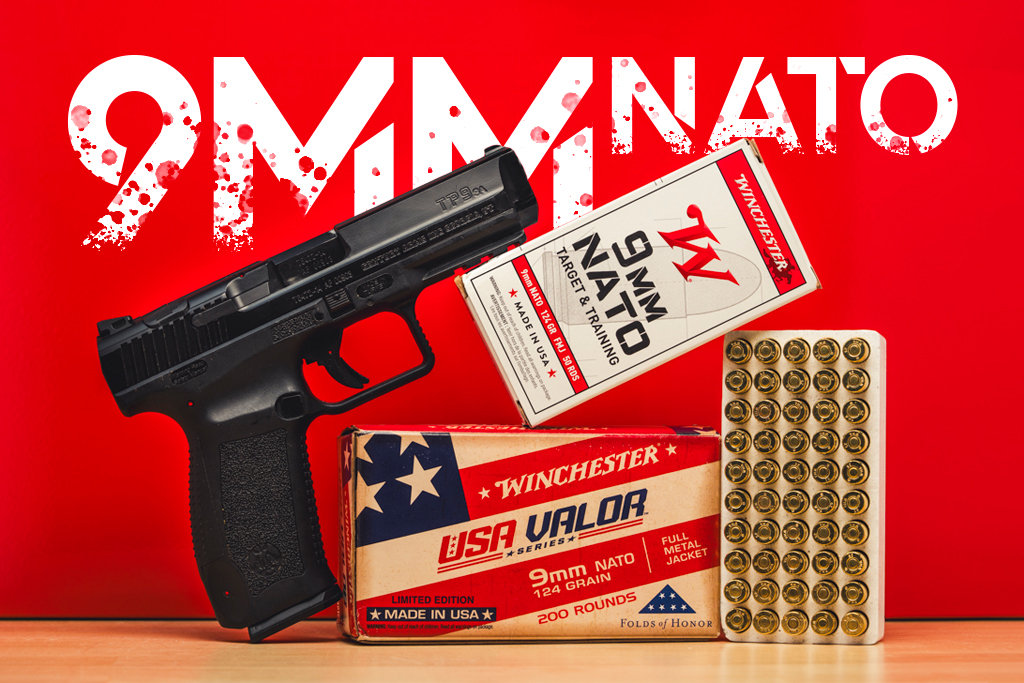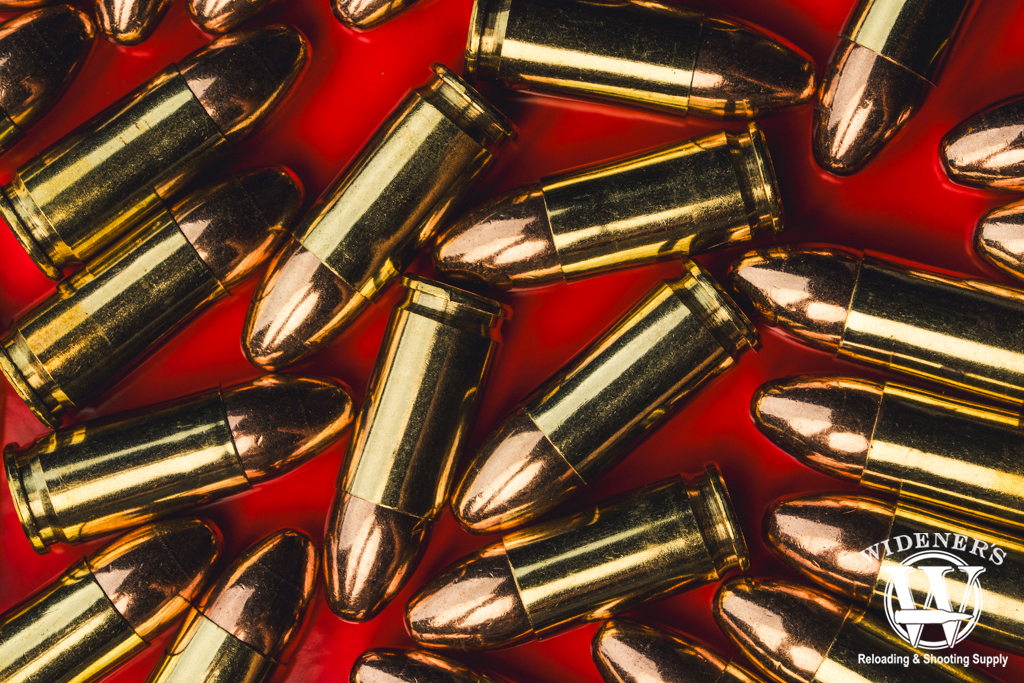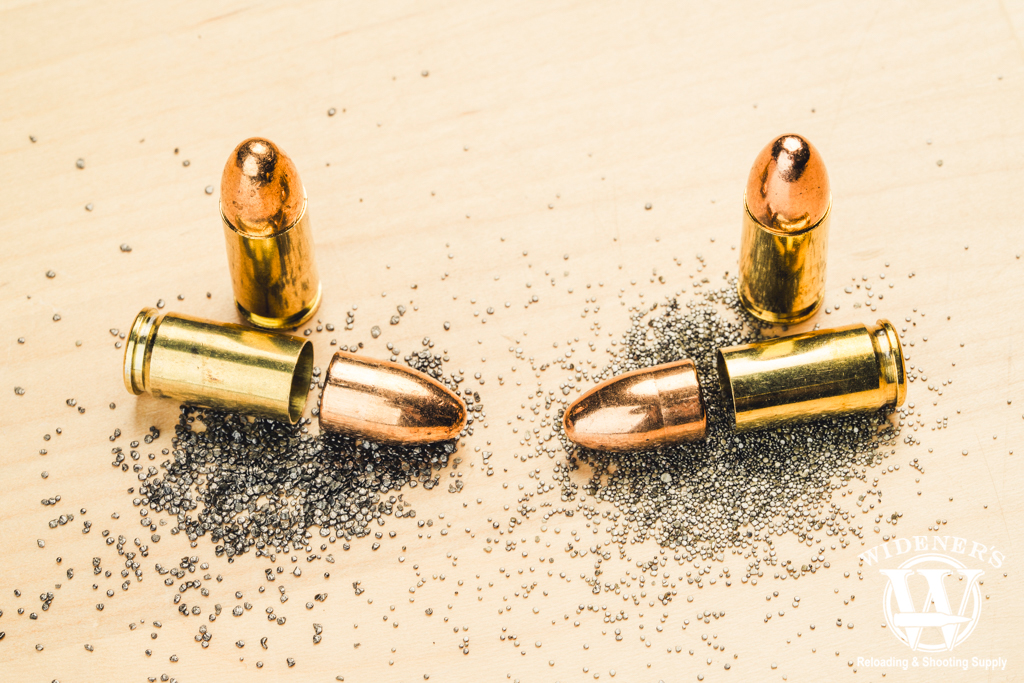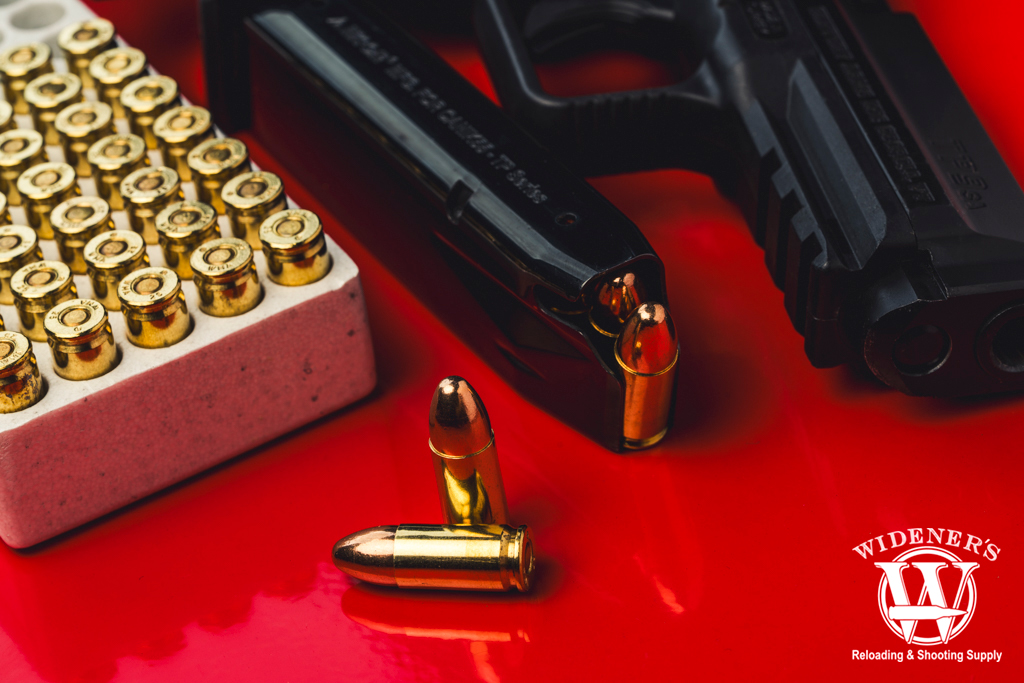

9mm NATO ammo is one of those rounds that sits at the intersection of military precision and everyday shooting practicality. If you’re like me and enjoy digging into the “why” behind the gear we use, you’ll find the story behind 9mm NATO ammo both fascinating and incredibly useful. This is especially true if you’re deciding what ammo to run through your handgun at the range or stockpile for training.
While it’s nearly identical in size to the common 9mm Luger (also known as 9×19mm Parabellum), 9mm NATO ammo is packed with a little more punch. And by “a little,” I mean it’s loaded to higher pressures. That means better performance, but also a few things to remember before loading up. In this post, I’ll walk through what makes 9mm NATO unique, where it came from, how it performs, how it stacks up against regular 9mm, and what you should know before adding it to your ammo stash.
What Makes 9mm NATO Different?

9mm NATO ammo may appear the same as other full metal jacket cartridges, but it has a secret.
It’s true, 9mm NATO and 9mm Luger share the same size, shape, and intended purpose. What separates them is case pressure and military designation. Keep in mind, not all 9mm NATO ammo is produced to the same specs. Actual NATO ammo can be a range of bullet weights, with the most common being 124 grain. Different manufacturers use different formulas to produce the rounds and use the suggested NATO guidelines for production.
Higher Pressure, Higher Performance
Your standard 9mm Luger round is loaded to around 35,000 psi. That’s plenty for most purposes—self-defense, target shooting, even some law enforcement roles. But 9mm NATO bumps that up to roughly 36,500 psi. That small increase makes a noticeable difference in how the round behaves once it leaves the barrel.
Here’s a quick comparison using a typical 124-grain FMJ (full metal jacket) round:
- 9mm Luger: ~1,100 feet per second (fps), ~350 foot-pounds of energy
- 9mm NATO: ~1,200–1,250 fps, ~400 foot-pounds of energy
It might not sound like much on paper, but in practical terms, you’re getting better penetration, a flatter trajectory, and more consistent cycling in certain firearms—especially those pistols designed with NATO specs in mind.
How It Feels to Shoot 9mm NATO
If you’ve shot both 9mm Luger and 9mm NATO, the difference in recoil is real. It’s not earth-shattering, but it is snappier. Think of it as splitting the difference between standard 9mm and 9mm +P ammunition. That’s why I always recommend being sure your firearm is rated for the added pressure—because while most modern 9mm pistols can handle it, not all are designed with +P or NATO-spec loads in mind.
Some pistols even have it marked right on the barrel or slide (“9mm NATO” or “9mm +P”), which takes the guesswork out of it. If you’re unsure, check your manual or contact the manufacturer. Trust me—better safe than sorry.
9mm NATO VS 9mm Luger

9mm NATO VS 9mm Luger: The 9mm Luger FMJ (left), and the 9mm NATO FMJ (right).
Let’s break it down into the key differences you should care about.
| Caliber | Bullet Type | Bullet Weight | Velocity (Muzzle) | Energy (Muzzle) | Max Pressure (SAMMI) |
|---|---|---|---|---|---|
| 9mm Luger | FMJ | 124gr | 1,100 FPS | 350 FT LBS | 35,000 PSI |
| 9mm NATO | FMJ | 124gr | 1,200 FPS | 400 FT LBS | 36,500 PSI |
1. Pressure
- 9mm NATO: ~36,500 psi
- 9mm Luger (standard): ~35,000 psi
That higher pressure contributes to all the other performance improvements, but also means more stress on your firearm.
2. Velocity & Energy
- Expect roughly 100–150 fps more velocity out of a NATO round compared to standard Luger cartridges, which translates to a noticeable increase in terminal performance.
3. Recoil
- You’ll feel the extra oomph. It’s not harsh, but if you’re doing a long day at the range, you might notice the fatigue faster compared to standard 9mm cartridges.
4. Compatibility
- Most modern pistols are fine, but always verify. If your pistol is rated for +P ammo, it can handle 9mm NATO just fine.
5. Use Case
- 9mm NATO is a favorite for training and duty use where consistency and penetration matter. It’s not necessarily the best option for concealed carry or home defense, where overpenetration can be risky.
Is 9mm NATO Ammo Safe for My Gun?
This is probably the most important question I get when talking to new shooters. The short answer: It depends on your firearm.
Most handguns made in the past 25 years can handle it, especially name brands like Glock, Sig Sauer, Beretta, and Smith & Wesson. However, older firearms or budget models may not be built to handle the sustained use of higher-pressure rounds.
My rule of thumb? If it’s +P rated, it can shoot NATO. If it’s not, I’ll stick with the standard 9mm Luger or check with the manufacturer. No range day is worth a broken gun—or worse.
Why Would Someone Choose 9mm NATO?
Great question. Here are some of the more common reasons shooters (myself included) might opt for 9mm NATO:
- Consistency: NATO-spec ammo is known for tight manufacturing tolerances and reliability.
- Training: It’s great for replicating duty ammo performance without using hollow points.
- Penetration: If you’re doing drills with barriers (like plywood or light cover), NATO rounds tend to perform better.
- Cool factor: Okay, maybe this one’s just me, but there’s something fun about shooting the same ammo the military uses.
When 9mm NATO Might Not Be Ideal
There are a few situations where I personally skip over 9mm NATO:
- Self-defense: I prefer a quality JHP (jacketed hollow point) with proven expansion.
- Beginner shooters: Recoil-sensitive shooters or first-timers may have an easier time starting with standard-pressure rounds.
- Unsupported barrels: Some PCCs (pistol caliber carbines) and older pistols may not be ideal platforms for consistently using NATO loads.
Popular 9mm NATO Ammo Options

Most 9mm NATO ammo comes from overruns of government contracts, meaning it can become scarce during times of conflict.
Here are a few solid choices on the market. I’ve either used these myself or heard consistent feedback from fellow shooters:
● Federal Premium 124 Grain FMJ
This is my go-to for range days when I want consistent performance. Feeds great, shoots clean, and doesn’t give my pistol any trouble.
● Winchester Q4318 124 Grain FMJ
Tried and true. Shoots a little softer than some other NATO loads, but still has that signature snap. Great option for bulk purchase.
● Prvi Partizan (PPU) 124 Grain FMJ
This is your best friend if you want to shoot a lot without draining your wallet. I’ve run thousands of these without a single failure. Not as clean-burning as Federal, but it gets the job done.
Buying Tips for 9mm NATO Ammo
If you’re thinking about giving 9mm NATO a try, here are a few quick tips:
- Buy in bulk: It’s often cheaper per round, and this ammo is great for training.
- Check for brass: Stick to brass-cased NATO ammo for the best reliability and to avoid fouling.
Clean your gun: Higher pressure means more fouling. After a long-range day, I always give my firearm a little extra TLC. - Label your stash: Since NATO and Luger look identical, clearly label your boxes or storage so you don’t mix them up. This is especially important if you switch between firearms that can and can’t handle the higher pressure.
9mm NATO Origins
To understand 9mm NATO, we’ve got to rewind a bit. The story begins in 1901 when Georg Luger developed the 9×19mm Parabellum cartridge. Designed for the Luger semi-automatic pistol, the round quickly earned a reputation for being compact, reliable, and powerful enough for military use.
By 1908, the German military had officially adopted it, and the rest is history. Over the next few decades, 9mm became one of the most popular handgun calibers in the world. If you’ve ever owned or shot a semi-auto pistol, chances are it’s chambered in 9mm.
Fast forward to 1955, and NATO countries decided they needed to standardize their sidearm ammunition. After evaluating their options, they settled on the 9mm Parabellum. The resulting “9mm NATO” spec was born under STANAG 4090—a NATO Standardization Agreement. This move ensured all member nations could share ammo if needed, which is obviously a big deal in wartime logistics. It also gave us a new baseline: the 9mm NATO round, with its specific pressure, performance, and compatibility standards.
Final Thoughts: Is 9mm NATO Worth It?

If you want to spice things up or train like the military, 9mm NATO ammo can be a great option.
In my opinion, absolutely—but only if your firearm is up to the task. For range training, drills, and barrier penetration, it’s tough to beat. It’s essentially the best of both worlds: military-grade reliability and civilian accessibility. But if you don’t want a snappy round or are unsure about your firearm’s pressure rating, sticking with standard 9mm Luger is a safe (and smart) move.
At the end of the day, ammo choice should match your needs and gear. I love that we have access to NATO-spec ammunition as civilians—it’s a nod to how widely trusted and battle-tested this cartridge is.


